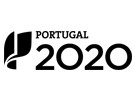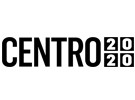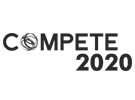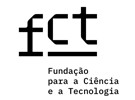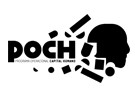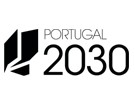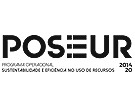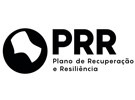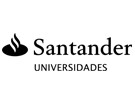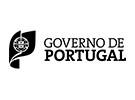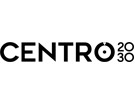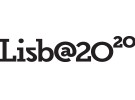



Publication in the Diário da República: Despacho n.º 7795/2021 - 09/08/2021
6 ECTS; 2º Ano, 2º Semestre, 28,0 T + 42,0 PL , Cód. 911249.
Lecturer
- Gabriel Pereira Pires (1)(2)
(1) Docente Responsável
(2) Docente que lecciona
Prerequisites
Not applicable.
Objectives
By the end of this course, students should be able to understand the fundamental principles of analog-digital communication, including analog and digital modulation, as well as transmission and reception systems in telecommunications. They must also master the essential concepts of computer network architectures, covering communication models, network protocols, and the structure and operation of IP and Ethernet networks. Additionally, they must be able to configure and administer local area networks (LANs), including configuring switching and routing equipment.
Program
1 - Introduction to telecommunications
2 - Continuous carrier modulation techniques:
- Transmission of analog signals with linear modulation (AM and DSB);
- Data transmission with continuous carrier: ASK,PSK,FSK,QAM.
3 - Transmission of radio waves:
- Thermal noise, signal-to-noise ratio, amplifier and noise factor;
- The Decibel and derived units;
- Basic principles of propagation and antennas;
- Losses in free space and power budget.
4 - Analog-to-digital conversion:
- Sampling theorem;
- Pulse Code Modulation (PCM);
- Differential PCM modulation and Delta modulation.
5 - Principles of digital transmission and characterization of wired physical transmission media:
- Non-differential and differential transmission;
- Bit synchronization and error detection;
- Line coding;
- Characterization of copper and fiber optic cables and cabling analysis parameters in the context of structured cabling.
6 - Introduction to data networks:
- Layer architectures: OSI model and TCP/IP architecture
7 - Network layer protocols
- IPv4 and ICMP;
- IPv4 addressing;
- Routing protocols: RIP.
8 - Ethernet Technologies
- Medium access control methods: CSMA/CD, CSMA/CA;
- ARP protocol;
- Switching protocols: IEEE 802.1d, 802.1p, 802.1q.
Evaluation Methodology
The assessment consists of a written test, which can be taken during the attendance period (divided into two moments - attendance) or during the examination period. The written test has a weight of 60%, while the laboratory work represents 40% of the final grade.
The assessment method is uniform for all assessment periods, whether by frequency or at any examination period. To pass the subject, it is necessary to obtain a minimum grade of 40% in the written test and 50% in the laboratory work. The minimum grade to pass the subject is 10 out of 20.
Bibliography
- Forouzan, B. (2006). Data Communications Networking. -: McGraw-Hill Science
- Lathi, B. (1998). Modern Digital and Analog Communication Systems. Oxford University Press: Oxford University Press
- Véstias, M. (2009). Redes Cisco para Profissionais. Lisboa: FCA - Editora Informática
Teaching Method
Lectures, Problem solving classes, Laboratory classes;
Software used in class
Matlab/Simulink, LT-Spice, Cisco Packet Tracer, Wireshark

